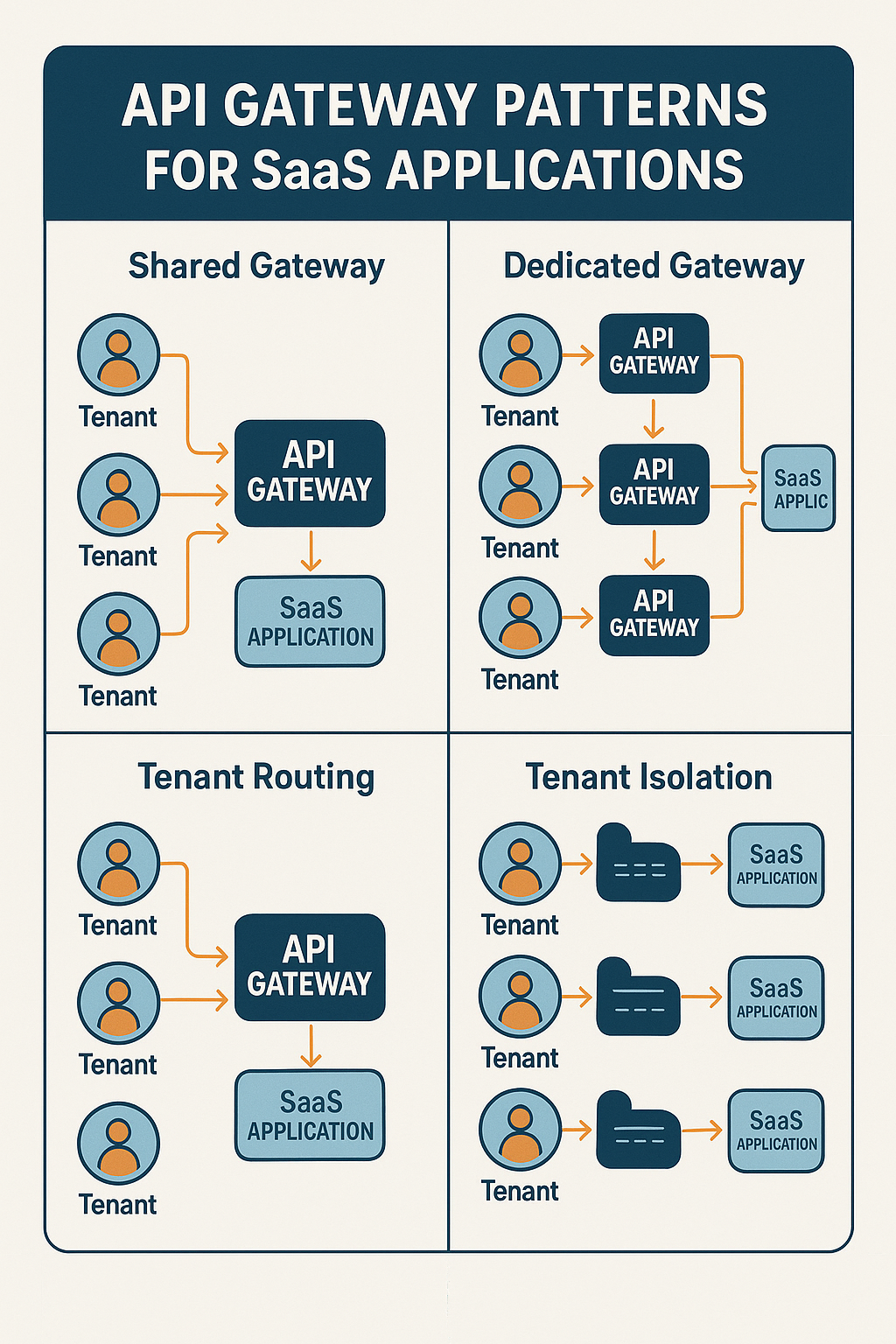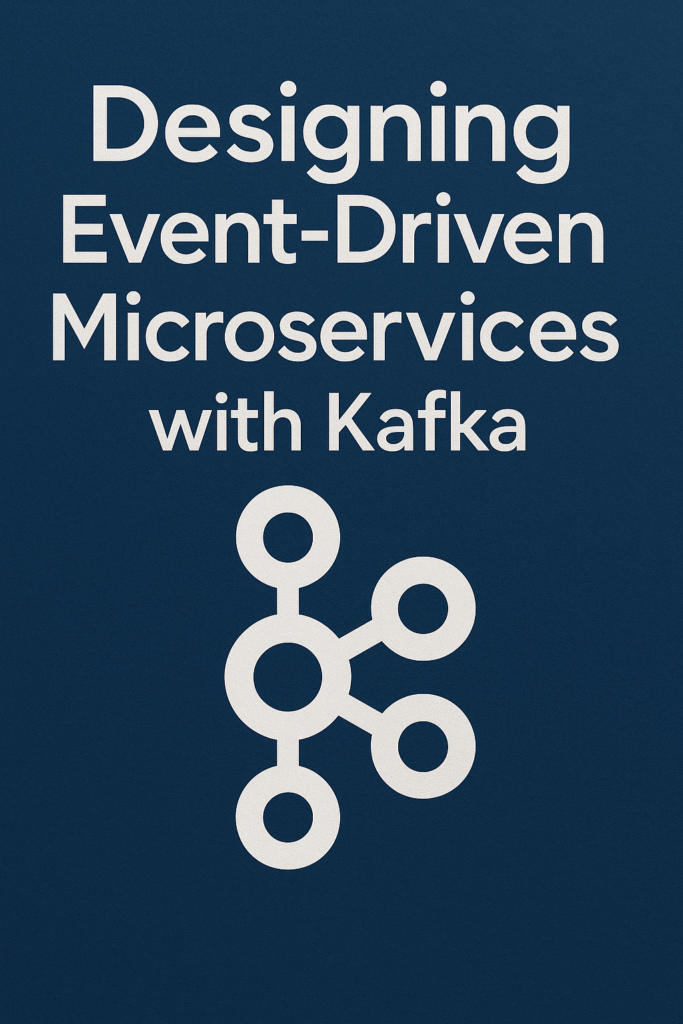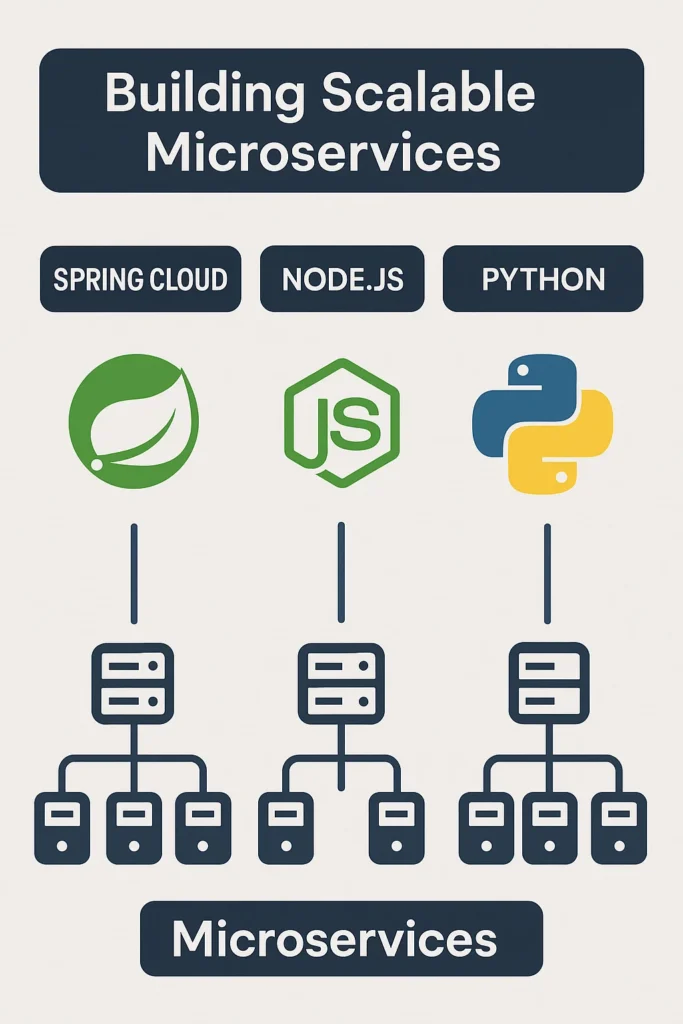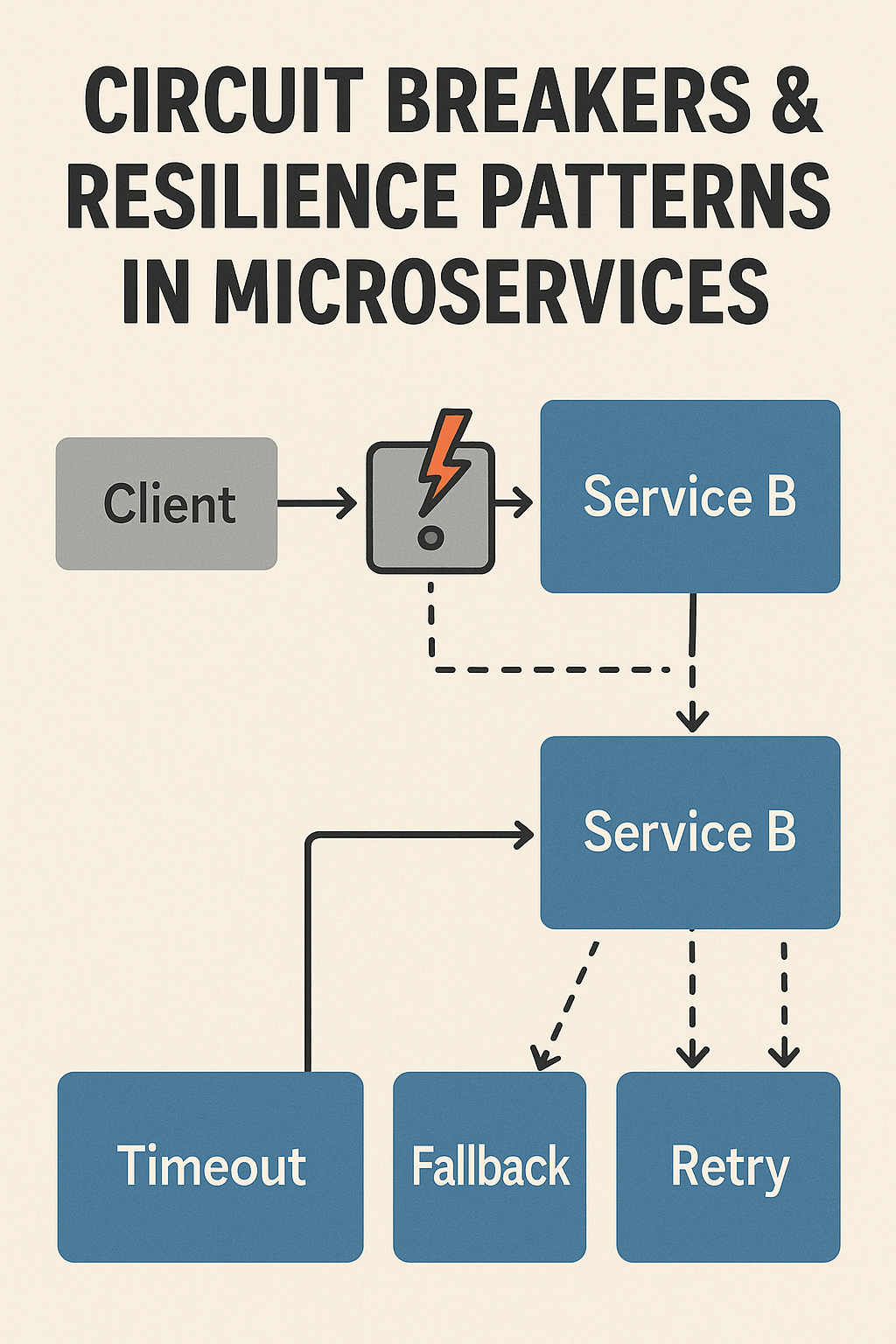
Introduction
In a Software-as-a-Service (SaaS) environment, multiple services often power different parts of the platform — user accounts, billing, analytics, and more. Managing all of these services can get complex fast. That’s where an API gateway comes in.
An API gateway acts as a single entry point for all client requests, helping you manage routing, authentication, rate limiting, and more. In this post, we’ll look at API gateway patterns that make SaaS systems secure, maintainable, and scalable.
What Is an API Gateway?
An API gateway is a layer that sits between clients (like web or mobile apps) and your backend services.
Instead of clients calling each service directly, all requests go through the gateway, which handles things like:
- Request routing
- Authentication and authorization
- Rate limiting and quotas
- Logging and monitoring
- Request transformation or aggregation
This simplifies client logic and gives you central control over traffic and security.
Why API Gateways Matter for SaaS
SaaS platforms often serve many tenants (organizations or users) with shared infrastructure. Without a gateway, managing multiple microservices, tenants, and APIs can quickly become unmanageable.
An API gateway helps by:
- Isolating tenants using authentication and rate limits.
- Enforcing consistent policies across all APIs.
- Simplifying versioning and rolling updates.
- Supporting custom domains or routing per tenant.
- Centralizing security and observability.
Common API Gateway Patterns
1. Single Gateway Pattern
All client requests go through one centralized gateway.
- Pros: Simple to manage, consistent rules for all services.
- Cons: Can become a bottleneck if not scaled properly.
2. Per-Service Gateway Pattern
Each major service (e.g., billing, user management) has its own gateway.
- Pros: Flexible scaling, clear boundaries between services.
- Cons: More operational overhead and configuration complexity.
3. Tenant-Aware Gateway Pattern
The gateway recognizes tenants (via domain, token, or subdomain) and routes traffic accordingly.
- Pros: Perfect for multi-tenant SaaS apps with custom routing or isolation needs.
- Cons: More complex configuration and state management.
4. Edge Gateway Pattern
The gateway lives close to the user (CDN or edge location) to improve latency.
- Pros: Faster responses, good for global SaaS platforms.
- Cons: Limited access to deep internal services or private data.
Best Practices
- Use JWT or OAuth2 for secure, scalable authentication.
- Cache frequently accessed data at the gateway level.
- Monitor metrics like latency, error rate, and traffic per tenant.
- Support API versioning to avoid breaking client integrations.
- Choose a tool that matches your needs — Kong, Traefik, AWS API Gateway, or NGINX are great options.
Conclusion
An API gateway is a key part of any modern SaaS architecture. It simplifies service communication, improves performance, and helps maintain security and consistency across tenants.
For more on resilient service communication, check out Circuit Breakers & Resilience Patterns in Microservices.
You can also explore Kong Gateway’s official documentation to learn how to implement advanced routing and authentication features in production environments.


